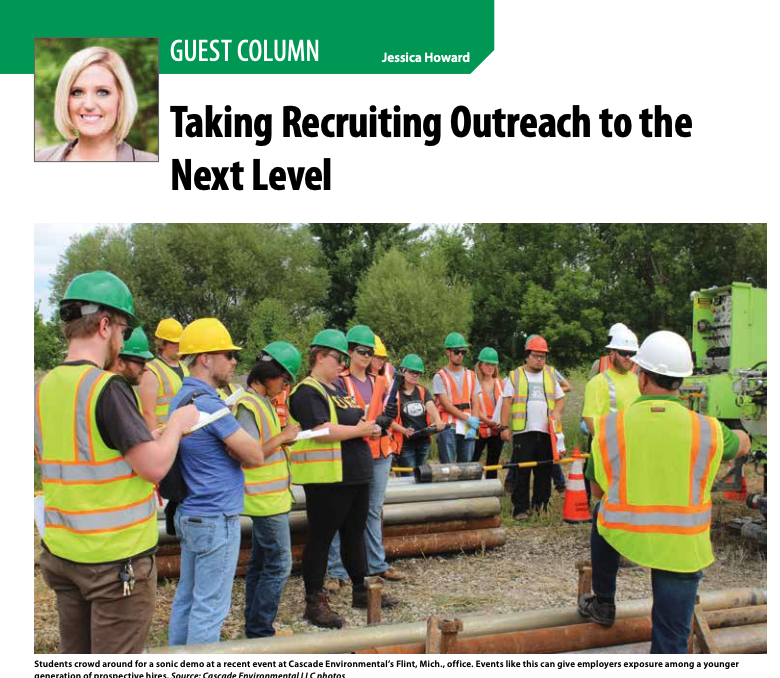How to Attract and Retain a Diverse Workforce with a Diverse Benefits Program
By: Jessica AlexanderEnvironmental services companies are faced with significant hurdles in recruiting and retaining a talented and diverse workforce, and this challenge won’t dissipate any time soon. One area where organizations can stand out to potential candidates is in their benefits package. More and more, employees are seeking out organizations with benefits programs that are tailored to their individual needs. The “one size fits all” approach is no longer sufficient to attract and retain top talent. In order to successfully source, recruit and on-board diverse talent, organizations must take a proactive approach in evaluating current benefits programs to ensure they are not only competitive for job seekers, but to also ensure benefits appeal to existing employees.
GETTING STARTED
When building a diverse workforce, you must keep in mind what diversity means on a practical level: people from widely varied backgrounds, who have different expectations, priorities, and requirements for their ideal job. It makes no sense to assume that all these people would need the same benefits package. A functional, personalized benefits program should accommodate individual interests and goals in all aspects, ranging from financial planning to healthcare. The return on investment for organizations is higher employee retention and likely increases in employee performance.
STANDING OUT
While many companies are embracing the personalized approach to core benefits, such as health insurance and 401(k) plans, there are areas of benefits programs that tend to be forgotten. Examples of non-traditional benefits include pet insurance, critical illness insurance, accident insurance, legal assistance, identify theft prevention, and student loan refinancing. A recent MetLife survey reported that nearly 60% of respondents sought an employer that provided a wider array of these non-traditional benefits the employee could choose to purchase and pay for via payroll deductions. So, while a cafeteria-style healthcare benefits program or flexible 401(k) options are the obvious choices for diversifying a core benefits program, these organizations may only be targeting approximately 40% of employees instead of the additional 60% of employees who would like to see more diversified non-traditional benefits.
PREVENT CONFUSION
It’s important to remember there is an art associated with offering non-traditional, or voluntary, benefits. Organizations should avoid creating a benefits maze in which employees become easily lost in the overwhelming number of options. The goal is not to create benefits offerings just to have multiple options, but instead, to seek input from employees and be proactive about tailoring the program to meet individual needs. Equally important, those benefits options need to be communicated clearly across the organization in way that highlights the company’s commitment to a diverse workforce.
By seeking the input of existing employees and making the effort to diversify benefit programs, organizations in the environmental services industry can stay ahead of retention, while also becoming a competitive player in recruiting top talent.
Want to learn more about careers (and competitive benefits) at Cascade? Reach out to Talent Acquisition Manager, Jessica Alexander, at [email protected] or review our current job openings at www.cascade-env.com/careers.






